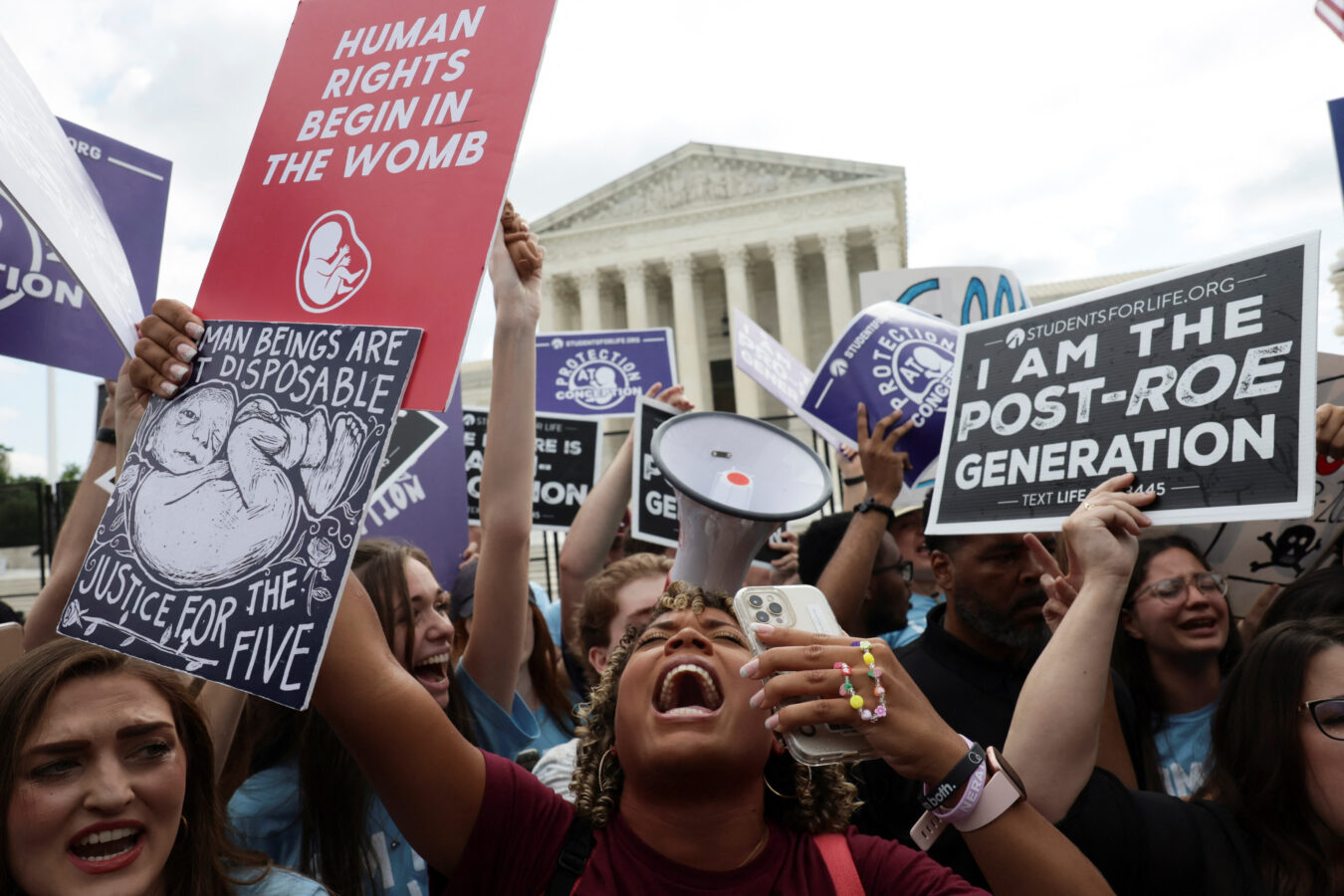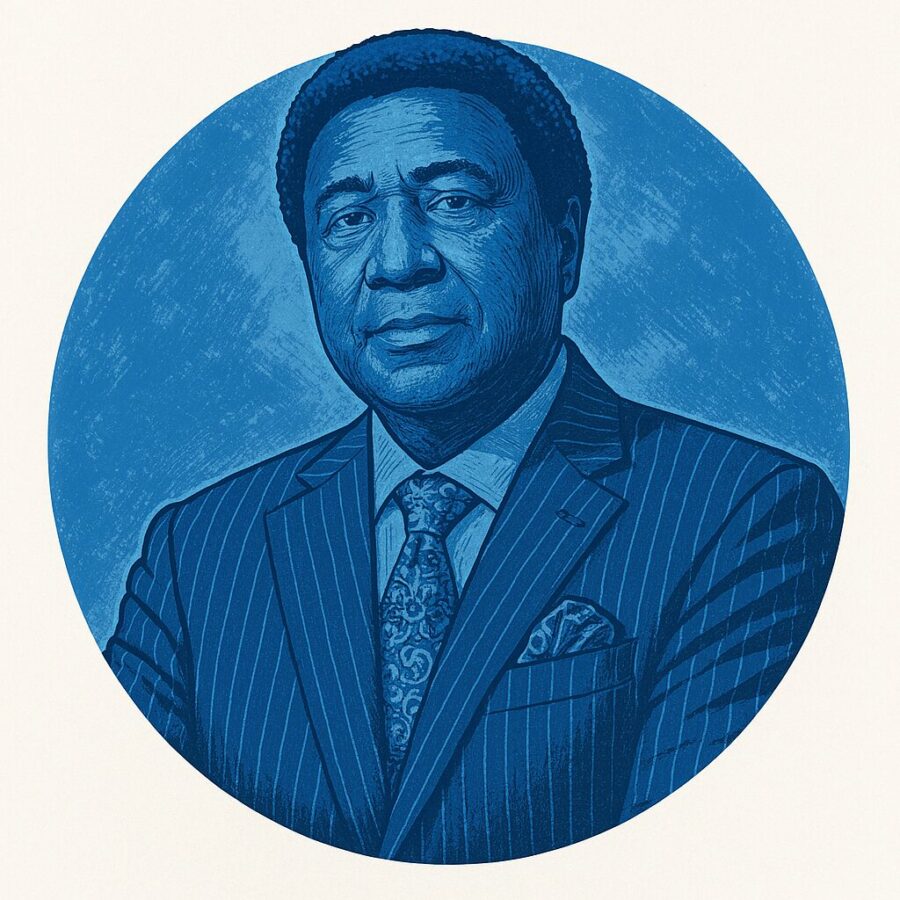When Will the Supreme Court Rule on Abortion
The Reversal of Roe v. Wade and Its Implications
In a historic and far-reaching decision, the U.S. Supreme Court officially reversed Roe v. Wade on Friday, declaring that the constitutional right to abortion, upheld for nearly a half century, no longer exists.
The Overturning of Roe v. Wade: A Landmark Decision
Writing for the court majority, Justice Samuel Alito said that the 1973 Roe ruling and repeated subsequent high court decisions reaffirming Roe “must be overruled” because they were “egregiously wrong,” the arguments “exceptionally weak,” and so “damaging” that they amounted to “an abuse of judicial authority.” This momentous decision signals an immense shift in the landscape of reproductive rights in the United States.
when will the Supreme Court rule on roe v wade
On January 22, 1973, the Supreme Court ruled 7–2 in favor of “Jane Roe” (Norma McCovey) in the case Roe v. Wade. The ruling established that women in the United States have a fundamental right to choose whether to have abortions without excessive government restriction.
The Immediate Ramifications
The decision means that abortion rights will be rolled back in nearly half of the states immediately, with more restrictions likely to follow. For all practical purposes, abortion will not be available in large swaths of the country. The decision may well mean that the court itself, as well as the abortion question, will become a focal point in the upcoming fall elections and beyond.
The Key Players in the Decision
Joining the Alito opinion were Justice Clarence Thomas, appointed by the first President Bush, and the three Trump appointees — Justices Neil Gorsuch, Brett Kavanaugh, and Amy Coney Barrett. Chief Justice John Roberts, appointed by President George W. Bush, concurred in the judgment only, and would have limited the decision to upholding the Mississippi law at issue in the case, which banned abortions after 15 weeks. Calling the decision “a serious jolt to the legal system,” he said that both the majority and dissent displayed “a relentless freedom from doubt on the legal issue that I cannot share.”
The Dissent and Its Implications
Dissenting were Justices Stephen Breyer, appointed by President Clinton, and Justices Sonia Sotomayor and Elena Kagan, appointed by President Obama. They said that the court’s decision means that “young women today will come of age with fewer rights than their mothers and grandmothers.” Indeed, they said the court’s opinion means that “from the very moment of fertilization, a woman has no rights to speak of. A state can force her to bring a pregnancy to term even at the steepest personal and familial costs.”
Analyzing Alito’s Opinion
Alito’s opinion is a comprehensive analysis of the various criticisms of Roe that have long existed in academia. His 78-page opinion, which has a 30-page appendix, seemingly leaves no authority uncited as support for the proposition that there is no inherent right to privacy or personal autonomy in various provisions of the Constitution. Alito’s opinion has a larger objective, perhaps multiple objectives.
Future Scenarios: A Post-Roe America
As the era of Roe v. Wade comes to an end, many are left wondering what life might look like in a post-Roe America. The movement against abortion rights, which is nearing its apex, began way before Roe. The implications of this reversal reach far beyond the legal realm, influencing the political, social, and healthcare landscapes.
State-Level Changes and Trigger Bans
With Roe overturned, several states have the potential to enact or enforce abortion bans that have been dormant for decades. The concept of “trigger bans,” newer laws passed by anti-abortion rights legislators in anticipation of the Supreme Court’s action, comes into play. These laws, designed to take effect immediately upon the fall of the Roe precedent, could lead to a cascade of new abortion restrictions.
Complex Legal Battles and Uncertainty
The aftermath of the decision will likely trigger legal chaos across states. Multiple abortion restrictions in some states could lead to confusion about which ones are valid. The enforcement of abortion bans in restrictive states may also impact states that protect abortion rights, raising interstate enforcement battles. Moreover, the anti-abortion movement will not be satisfied with this win, as national abortion bans may become a future consideration.
As of December 14, 2023, the Supreme Court is hearing appeals from the Biden administration and the maker of the drug mifepristone. The appeals ask the court to reverse an appellate ruling that would restrict access to the drug through the mail, even in states where abortion remains legal
Conclusion
The reversal of Roe v. Wade marks a turning point in the ongoing debate over abortion rights in the United States. This decision has wide-ranging implications, affecting not only the legal landscape but also the political, social, and healthcare arenas. As the nation grapples with the fallout from this landmark ruling, the future of reproductive rights remains uncertain.
FAQs
- Q: What is the significance of the Supreme Court’s reversal of Roe v. Wade? A: The reversal of Roe v. Wade signifies the end of the constitutional right to abortion, leading to immediate and future restrictions on abortion rights in many states.
- Q: How will the reversal impact the availability of abortion across the country? A: The reversal will lead to a rollback of abortion rights in nearly half of the states immediately, with more restrictions likely to follow.
- Q: What is the stance of dissenting justices on the decision? A: Dissenting justices argue that the decision infringes on women’s rights and could lead to significant personal and familial costs for women.
- Q: How might states respond to the reversal of Roe v. Wade? A: Some states may seek to enforce old abortion bans, while others may enact trigger bans to restrict abortion rights further.
- Q: What can be expected in the aftermath of this decision in terms of legal battles? A: Legal chaos is likely to ensue, with challenges to the specific language of the ruling and potential conflicts between states with differing abortion laws.




